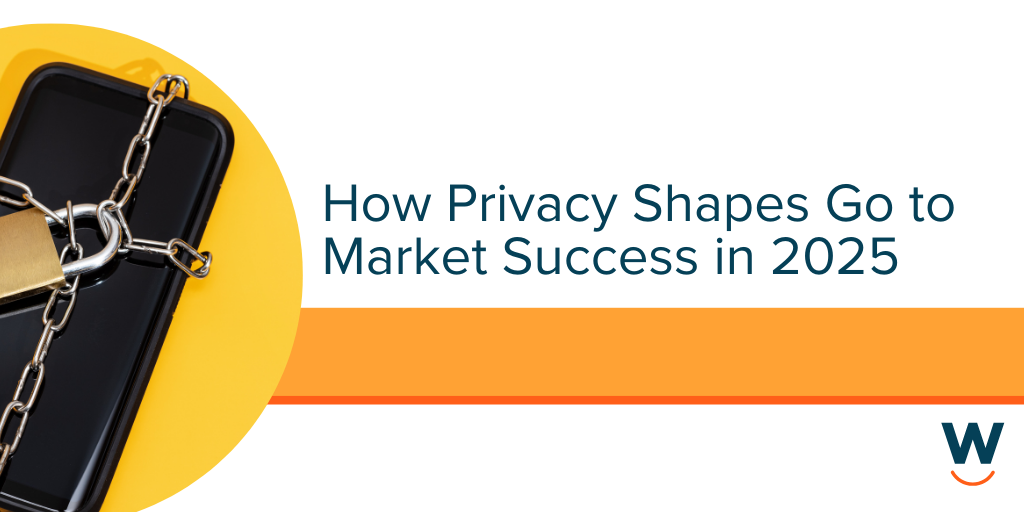
We’ve Entered the Out of Home (OOH) Advertising Renaissance
I’m finally starting to emerge from my COVID cocoon. Half-vaccinated and having completed every season of every television show ever, I’m slowly re-entering society. I’ve dined al fresco, attended outdoor yoga and cycling classes, and walked through museums capped at 30% capacity. Out in the world again, I’m seeing the city through a new light, including OOH advertising.
Traditionally, OOH advertising is where creativity shines.
OOH brings messages into shared public spaces, making context matter. A brand shows up, literally, on someone’s drive or during an event they’re attending. These real-world moments can build meaningful connections in light of the past year’s restrictions.
Marketing has long positioned OOH advertising as strictly an awareness and branding tool. Billboards became local landmarks, “take a left at the Eat Mor Chikin sign.” Today’s consumers are much smarter and well informed than they were 30 years ago. Therefore, merely repeating a message or logo isn’t a viable strategy for return on investment. In 2021, along with a great website design, Google SEO, and content creation, advertisers will need to incorporate technology and customer preference in their advertising.
Here are some trends we expect to see as part of the OOH advertising renaissance:
- Multichannel integration: This ensures that the message delivered across all mediums is coherent and consistent with the brand’s image.
- Digital billboards: Not only are these easier to move than traditional billboards, but multiple ads can run a single screen.
- Storytelling: Using this strategy, brands create OOH ads that only tell a part of the story, which makes the audience wait for the next ad in the storyline.
- New spaces and places: In addition to billboards, brands are advertising in airports, waiting areas, playgrounds, and even on blank walls.
- Data science: Just like digital marketing technology, beacons, and radio beams can be used to analyze OOH interactions.
- AI implementation: “Smart ads can predict the user profile of those who interacted with it through sensors, facial recognition software, and other AI features.





